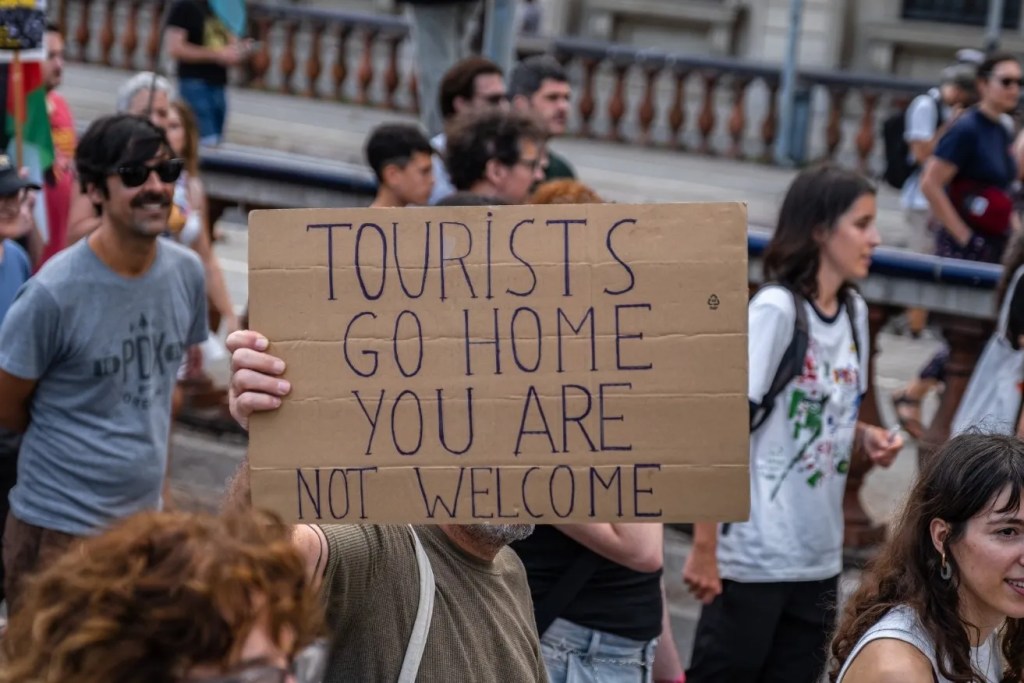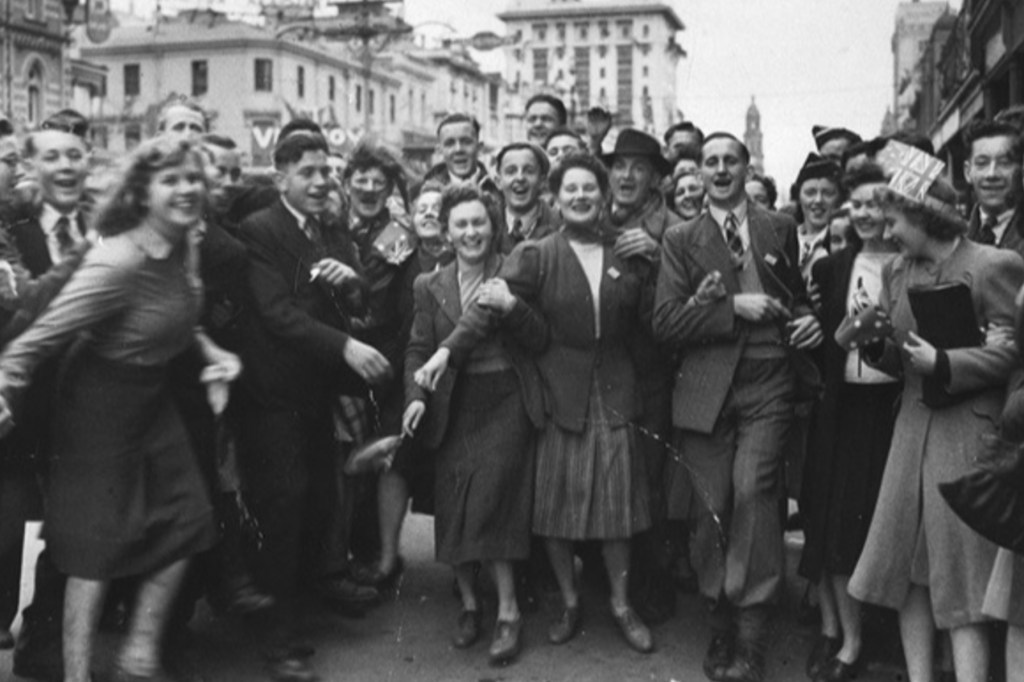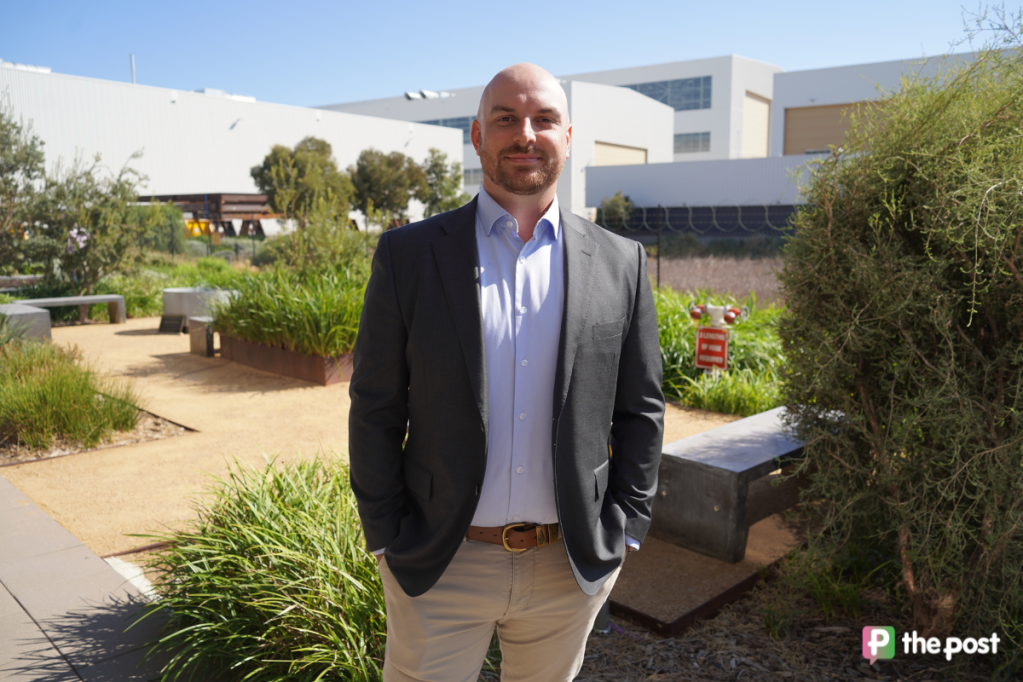Water guns aimed at tourists as fed-up locals protest overtourism
Experts agree tourists have a role to play in alleviating pressure on top holiday destinations as locals take to the streets to protest overcrowding and increased cost of living caused by visitors.

Tourists in Barcelona, Spain were doused in water by frustrated locals over the weekend as protests against overtourism grow around Europe.
Some of the reported 2800 demonstrators that took to Barcelona’s streets on the weekend used water guns to target outdoor diners in the city’s popular Las Ramblas district, as the protest at large called for limits to be put on tourism.
“Local shops are closing to make way for stores that do not serve the needs of neighbourhoods. People cannot afford their rents,” Barcelona resident Isa Miralles told the DailyMail.
Fellow Barcelona resident Jordi Guiu told the outlet, “I have nothing against tourism, but here in Barcelona we are suffering from an excess of tourism that has made our city unliveable.”
These sentiments were echoed across similar protests this year in Spanish destinations like Málaga, the Canary Islands, Mallorca and other European tourist hotspots such as Italy’s Venice and Greece’s Athens.
The rising unrest comes as popular international holiday destinations, both in Europe and elsewhere, struggle to accommodate an ever-increasing number of tourists.
Masses of tourists have clogged streets and public transport, used up limited water resources in drought-stricken regions, driven up the cost of living, and occasionally behaved badly enough to make the news.
Overtourism worsening with record numbers
You might like
University of South Australia adjunct senior lecturer in tourism management Freya Higgins-Desbiolles said the issue of overtourism had already been building before Covid.
When pandemic restrictions were put in place, communities had a chance to experience what life was like communities without tourists, allowing them to pinpoint the issues that were caused by tourists and the tourism industry in the first place.
That experience coupled with the explosion in travel since the pandemic restrictions were lifted has pushed locals to speak up for the rights, Higgins-Desbiolles said.
“They’re [protesting] out of frustration,” she said.
“I’m not so strong on the idea that there’s hatred of tourists. It’s hatred of mismanagement of tourism.”
Foreign tourist arrivals and nights in Europe exceeded 2019 levels in the first quarter of 2024, according to the European Travel Commission.
This was primarily driven by intra-regional travel by Europeans, along with strong numbers coming in from the United States and Canada.
Although countries such as Serbia (+47 per cent), Bulgaria (+39 per cent), and Turkiye (+35 per cent) experienced tourist numbers soaring above pre-Covid levels, more traditional hotspots received some of the highest numbers of total tourists.
For example, Spain has already received 33.2 million tourists in the first five months of this year after hosting 84 million in 2023, and the country is predicted to welcome 110 million annual visitors by 2040.
Italy’s famed canal city Venice alone was inundated by 20 million visitors in 2023, dwarfing the local population of about 49,000.
Italy as a whole recorded 134 million arrivals in accommodation in the same year.
Griffith University professor of sustainable tourism Susanne Becken said when a destination’s ‘carrying capacity’ – the maximum number of tourists that a local tourism industry can sustain – was exceeded, locals could no longer enjoy living in their own areas.
Stay informed, daily
“The volume during peak times could result in traffic congestion [and] noise … people have to move their own patterns of activities,” she said,
“Other places, like Amsterdam, are obviously quite well known for rude behaviour, because certain types of tourism happen there.”
Steps to make hotspots liveable again
Local governments and tourism bodies of many popular destinations are belatedly trying to rein in unsustainable tourist numbers and poor behaviour.
In extreme cases, tourists are being turned away entirely.
With the Italy’s Sicily region in a state of emergency due to a severe drought, small hotels and guesthouses in the city of Agrigento is have been forced to turn tourists away as there is not enough water to supply toilet flushes or showers.
Venice introduced an entry fee for visitors, which has been derided by locals as an ineffective band-aid rather than a viable method to deter overtourism.
Multiple destinations have brought in new restrictions around public drinking and regulations for short-term rentals while others have invested in education campaigns to have better-informed tourists.
Experts agree tourists have a role to play in alleviating pressure on top holiday destinations.
“As a tourist, if you go in summer to the Greek islands, you shouldn’t have a shower for 30 minutes [in a drought],” Becken said.
“It’s probably advisable just to avoid some of those really peak times [when travelling to popular destinations].
“Of course, for some people, that’s maybe not possible in the school holidays, but for those people who can … it’s good to go in the off-season.”
Higgins-Desbiolles said some communities have created ‘tourism codes’ to tell tourists exactly what is expected from them.
Examples include Hawaii’s Pono Pledge, and Palau’s conservation-focused Palau Pledge, and Byron Bay’s Byron Way Pledge.
“We really do have to realise we’ve got growing populations of people, more people can be mass tourists, and we can’t just continue business as usual because [there is] really overwhelming demand from the tourism industry,” Higgins-Desbiolles said.
– TND








